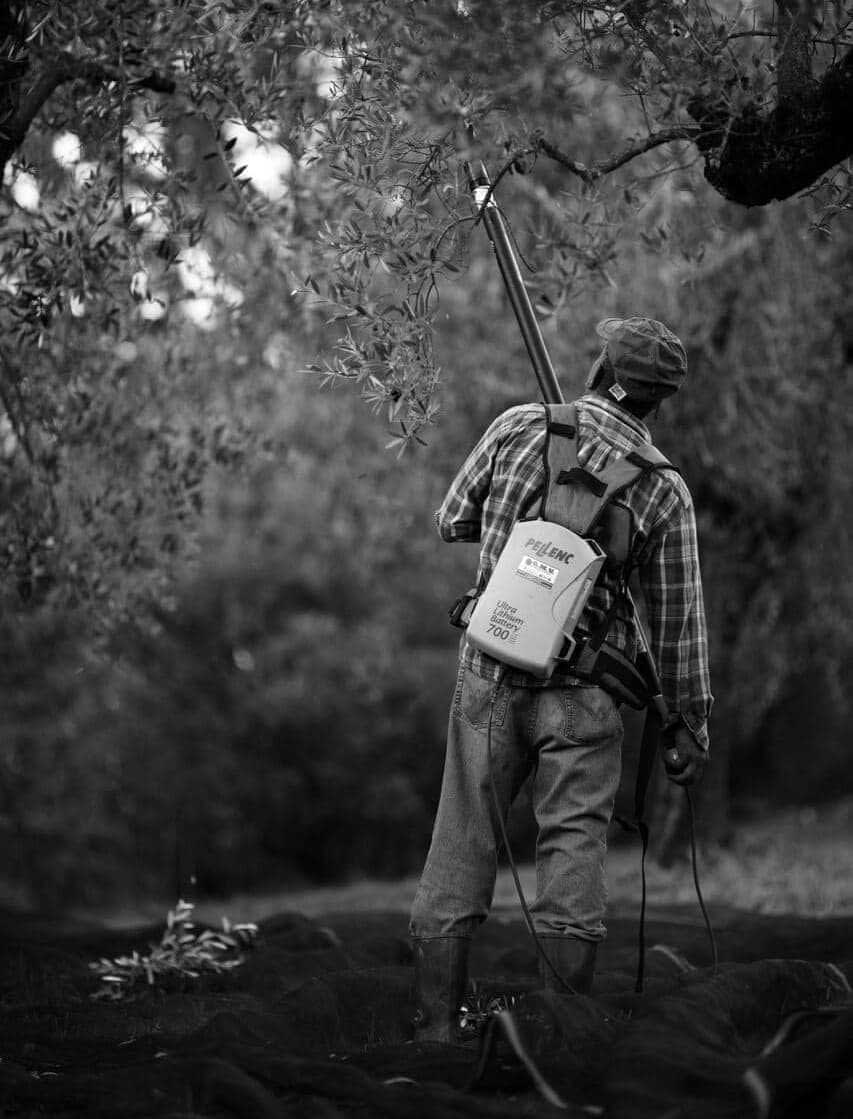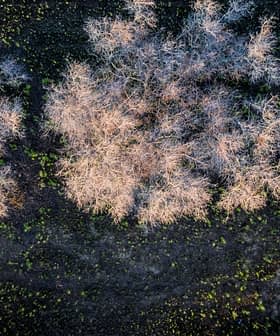Production in Italy Bolstered by Strong Recovery in South
Olive oil production is expected to rebound in Puglia and other southern regions, while Central and Northern producers stand to face a disappointing season.
 Sicily, Italy
Sicily, Italy Italian olive oil production is expected to reach between 290,000 and 310,000 tons in the 2021/22 crop year, according to Italia Olivicola and AIFO, the Italian association of olive oil mill operators.
While the expected yield is well below the 366,000 tons produced in 2019/20, it represents a significant increase from last crop year’s total of 255,000 tons and slightly exceeds the rolling five-year average of 281,000 tons.
This year, central Italian producers face a huge collapse in production. They will reach between 20 and 30 percent of their production capacity.
Italia Olivicola, a producer association, and AIFO also estimated that the southern regions in Italy would enjoy the best harvests.
See Also:2021 Harvest Updates“Olive orchards that have access to irrigation are showing good results. Almost all other groves have resisted the drought, which is still hitting several regions,” Stefano Caroli, president of the Puglia olive oil mill operators association (AFP), told Olive Oil Times.
“In others, extreme weather events, such as heavy rainfall and hailstorms are destined to make it difficult for farmers,” he added.
As the first early harvesting gets underway in Siracusa, Sicily, the extraordinarily hot and dry summer is giving way to milder temperatures and some rainfall in several regions.
While those conditions may facilitate the last stages of the drupe development, helping farmers in the last weeks before their harvests get underway, they could also lead to outbreaks of the olive fruit fly.
Thus far, the prolific pest has been kept at bay by the unusually hot July and August. Such high temperatures do not allow the insects to reproduce.
Still, Italian farmers and their European counterparts struggle to find the best strategies to combat the pathogen since the prohibition of dimethoate-based pesticides by the European Union.
“This year, central Italian producers face a huge collapse in production,” Alessandro Ceraudo, an expert agronomist and producer in Tuscany, told Olive Oil Times. “They will reach between 20 and 30 percent of their production capacity, mostly because of the late spring frost, which hit olive trees as well as so many other crops.”
“On the other hand, those temperatures have limited the action of the usual pathogens, so those who know how to care for their olive trees will certainly produce very high quality extra virgin olive oils,” he added.
According to a few experts from the Aprol Umbria association, who spoke to Olive Oil Times during the recent farming fair Agriumbria2021, “quantities will be very low when compared to our better years. We expect quality to be especially high this year, though. Olive oil flavors will be strong and surprising.”
The experts will be very closely monitoring olive groves in the next two or three weeks, getting ready for harvesting at any moment should the fruit fly make its appearance.
In an interview to the local newspaper ArezzoNotizie, Tuscan olive oil producer Giovan Battista Donati noted how “bad seasons such as this one are becoming more and more frequent.”

Vazart & Sons
“Once we had alternate bearing seasons, when a harvest could bring 100 [a very good harvest] and the following 60 [a mediocre one],” he added. “There was a harmonic trend. Now we might reach 120 and the year after drop to 30 [a poor one].”
“Last year, we had a great harvest so we expected a drop, not to these levels though. As the climate changes, so change the harvesting seasons,” Donati continued. “For 2021, we risk a drop of up to 70 or 80 percent, compared to a normal season. Which is to say, at my age of 74 years old, I do not see anything being normal anymore.”
The late spring frost that hit in late April and May will end up curtailing production elsewhere as well.
“In recent years, the production variability of our olive groves is increasingly evident, due to the effects of the climate and parasitic adversities,” said Dino Scanavino, the president of the Italian Agricultural Confederation (CIA).
This analysis has specifically held true in some parts of northern Italy, where after months of severe drought, sudden and extreme weather events have almost annihilated production.
According to the Italia Olivicola-AIFO estimates, the best results are to be expected in Puglia, recovering from last year and coming back to its status as the main olive oil producing region in Italy. Relevant southern and central producing regions, including Sicily, Calabria, Basilicata, Abruzzo and Molise, are also expected to enjoy a slight recovery.
However, producers in the southern region of Campania are likely to experience a very different outcome. Just like most Italian regions, Campania had experienced extraordinary flowering, and had avoided most of the damage caused by the spring frost.
In the last days of August, though, a series of unprecedented extreme hail storms hit farms in several relevant producing areas. Hailstones the size of tennis balls damaged olive trees, which dropped their fruits to the ground.
On the Mediterranean island of Sardinia, a long series of climate disasters and incidents have tested the region. Large wildfires impacted some relevant agricultural areas during summer and extreme weather events have hampered olive production, which is forecasted to suffer considerably.
Finally, northern regions, whose production is traditionally limited, are expected to see their figures drop or even collapse after the ups and down of the ungenerous spring and summer.








